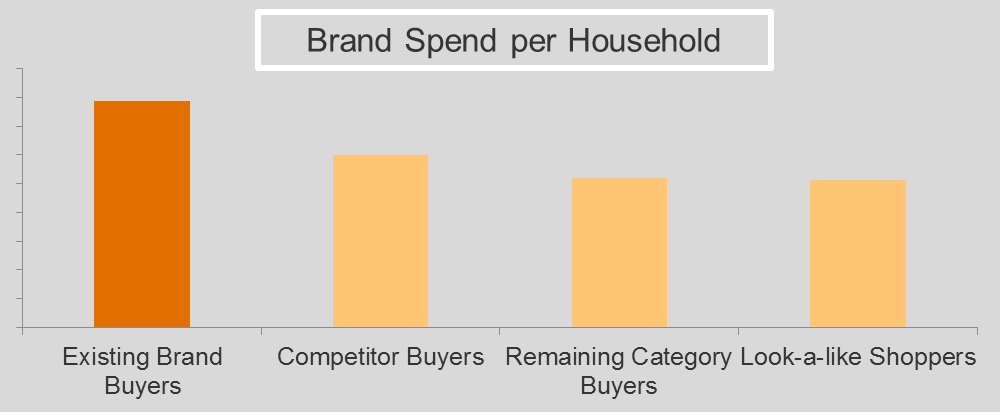Finding A Benchmark To Gauge Your Investment Performance The First Million is the Hardest
Post on: 16 Апрель, 2015 No Comment

Hello there! If you are new here, you might want to subscribe to the RSS feed for updates on this topic.
RSS Subscribers: As youre probably well aware by now, Google Reader is being discontinued as of July 1st. Make sure you switch your feeds to another reader (I suggest Feedly ) before then or youll lose all these great blog posts! Or better yet, just subscribe by email and have my posts delivered straight to your inbox!
Take a look at the investments you hold and see how much theyve returned for the year to date. Sure, its nice to see that youre up 10%but how do you know if youre performing like Warren Buffett or if youre performing like a monkey throwing darts at a list of investment choices? To answer that question, and to properly track our investment performance we need to compare it to a benchmark.
What Is A Benchmark?
Simply, a benchmark is a comparison standard that is used to gauge the performance of your investments. In baseball we generally judge a hitter against a benchmark of a .300 batting average. In hockey well compare a goalie to the benchmark of a 2.5 goals against average. But in investing its a bit harder to pick an accurate benchmark to compare our performance to.
The Most Common Benchmark
The most common benchmark that investors use is the S&P 500 index. The S&P 500 is a broad index that measures the performance of the 500 largest companies in the United States. This is a commonly used benchmark because it generally reflects the performance of the U.S. stock market. So when you hear someone saying I beat the market by 3% this is usually what theyre comparing themselves to.
I think the S&P 500 can be a useful benchmark for comparing the performance of stocks, and its often a default benchmark just because the information on its performance is just about unavoidable if you dont live underneath a rock. However there are problems using the S&P 500 (or any other stock index) as a benchmark for your entire portfolio.
Based on your asset allocation your portfolio probably consists of a mix of Large-cap stocks, small-cap stocks, international stocks, bonds, real estate, P2P loans, commodities and any number of other investment types. Comparing that to a stock index is like comparing Apples to Oranges.
Alternative Benchmarks
Inflation Rate When we get right down to it, the goal of investing is to put our money to work in order to grow our net worth faster than inflation chips away at the purchasing power of the money we have. If youre outperforming the inflation rate you can at least rest assured that youre actually moving in the right direction. You wont outperform the inflation rate by keeping your money in a savings account, but your money in the stock market should be able to crush it. If youre going to use the inflation rate as your benchmark, I would suggest you multiply it by a number of your choosing (2x, 3x or more) to be sure that youll outperform in all market conditions.
Multiple Indexes Instead of using the singular S&P 500 index to compare your returns to, you could compare each of your holding types to a comparable index. ie: the Russell 2000 for your small cap stocks, the MSCI EAFE index for your international holdings etc This would give you a good measure of how each part of your portfolio is performing, but as you can imagine its hard to judge and pretty cumbersome to track.
The Risk Free Rate The return of US Treasury bonds are a benchmark of what is considered the risk free rate or the best return you can get on your money while taking on no risk. T-bills are considered risk free because they are backed in full faith by the US Treasury which you can be sure wont default on its bonds. Because none of us are completely risk averse, we should use a multiple of this rate as our benchmark performance number just the same as we would with the inflation rate.
An Alternative Portfolio Most of us manage our own investments because we think that by making our own decisions we can do better for ourselves than a generic investment or portfolio that wed otherwise have. This is partly how the S&P 500 came to be such a popular benchmark. If stock pickers couldnt beat the index by picking their own stocks, they should probably just invest in the whole bucket of them, right. This alternative portfolio benchmark can be whatever you consider to be your default investment alternative. That is, whatever you would put your money in tomorrow if you were to stop managing your own investments.

My Benchmark
I use the alternative portfolio as my benchmark of choice. I figure if I didnt care at all about managing my own investments I would just plow all my money into a target date retirement fund. So thats what I use as my performance benchmark. I use the Vanguard Target Retirement 2050 Fund (VFIFX ) as my benchmark because that would probably be my default I dont care about this stuff investment. If I cant outperform that, Im probably doing myself more harm than good by managing my money.
For those who are curious: As of this writing, VFIFX is up 7.54% on the year and my portfolio has returned 8.22% so Im not doing too shabby by that measure. The S&P 500, on the other hand has returned 13.1% so far this year. Which kind of makes me throw up in my mouth a little, so I have to remind myself its not a great way to benchmark even if it is so common!
What is Right For You?
As you can imagine, there is no one size fits all approach to benchmarking. If youre invested 100% in stocks, or bonds or real estate then maybe a single index is right for you. Otherwise its up to you to find an appropriate benchmark based off of your asset allocation strategy and your investing timeframe/goals.
The important thing is to make sure that you have a benchmark. The last thing you want to do is make drastic changes to your portfolio because you dont think its performing well enough when in reality it was performing exactly how it should have based on the investment mix you had chosen.
Discussion Topics: What do you use as a benchmark for your investments? How are you performing compared to that benchmark so far this year?














